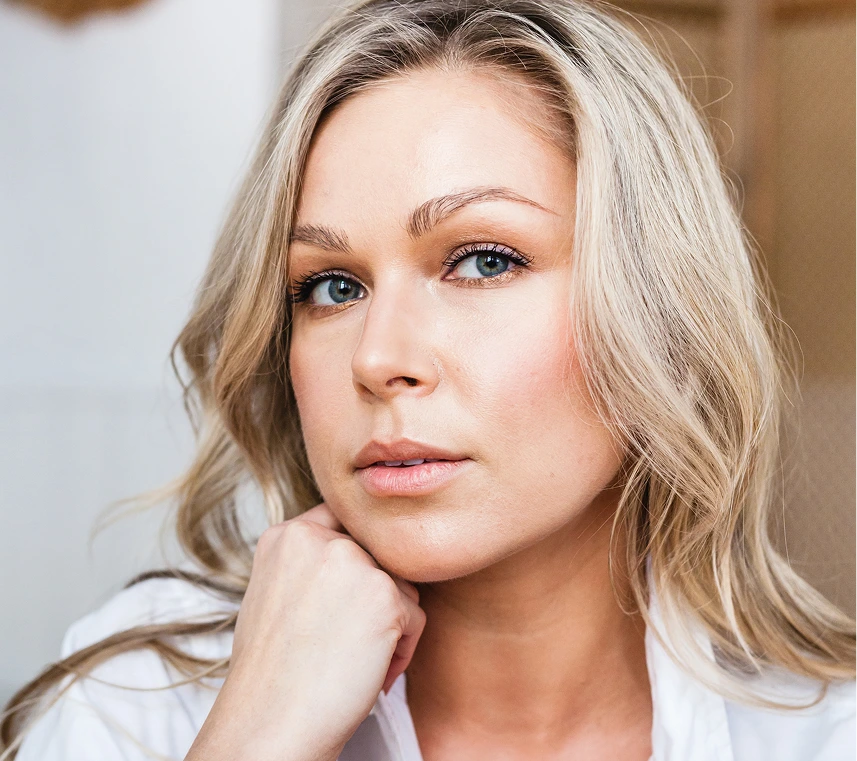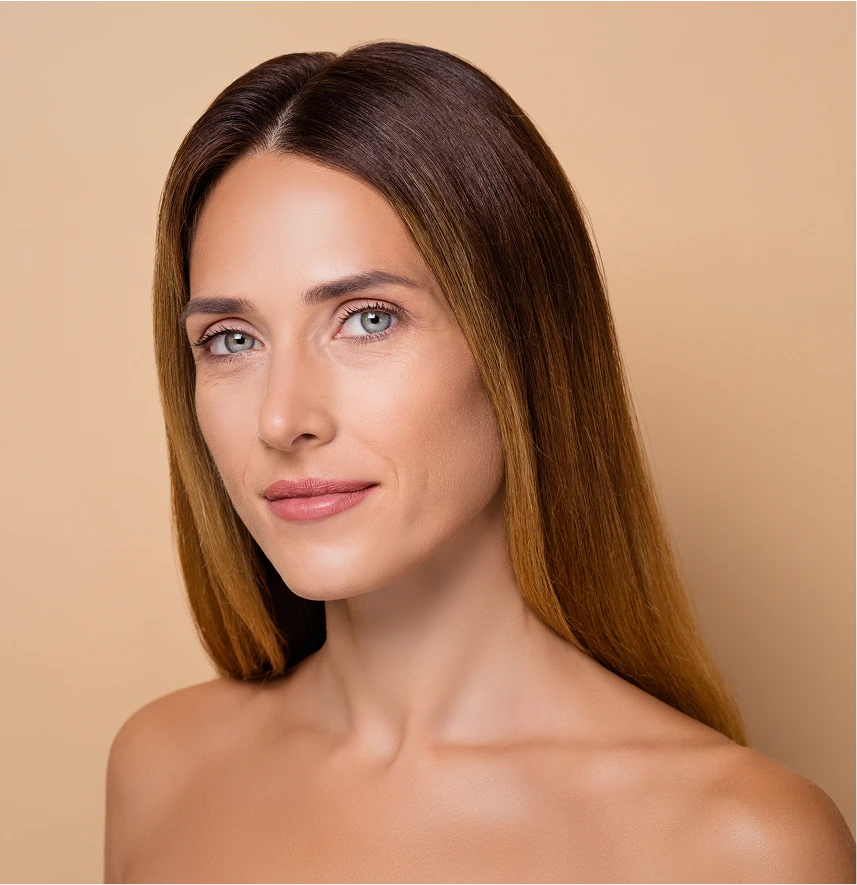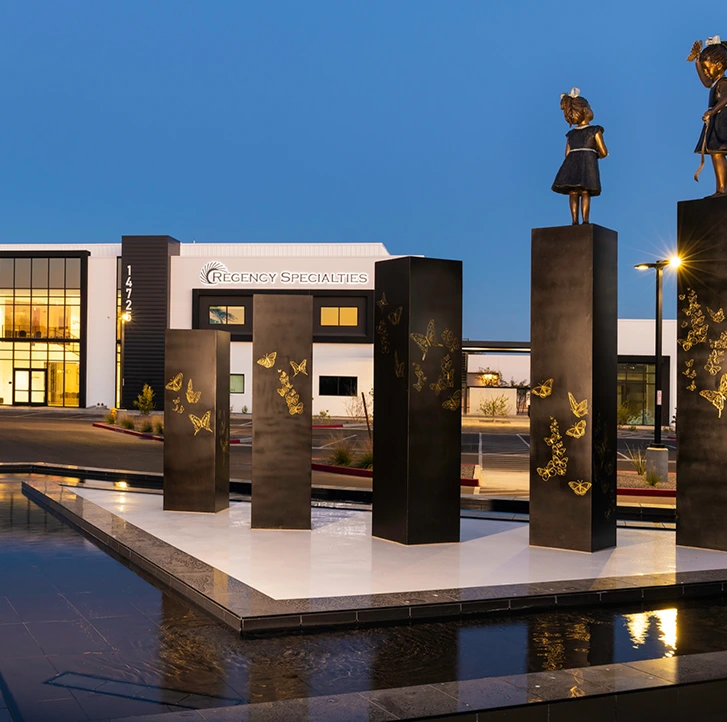
Removing fat from one part of the body where you have excess and transferring it to the face is a highly effective technique. This approach not only recontours the body but also rejuvenates the face naturally. By using your own fat, we ensure a safe, long-lasting enhancement. Our fat transfer procedures in Phoenix enhance facial features and provide volume where it’s needed most.
Facial fat transfer (also known as fat injections or fat grafting) is a popular procedure that adds volume to cheeks, jawline, temples, and other facial areas where cosmetic issues have been left behind by injury, genetics, trauma, or other surgeries. It is performed with liposuction and is a highly effective tool for enhancing contours and providing a youthful, plump appearance.


Liposuction is performed on an area of your body that has sufficient fat to be removed. Typically, these locations include the thighs, stomach, hips, or lower back. The exact area that will undergo liposuction is discussed during your consultation.
During liposuction, your surgeon will make very small, inconspicuous incisions (less than a quarter of an inch) and then insert a cannula into the incisions. This cannula will pass back and forth to loosen and break up the fat and will also vacuum the fat into a sterile container.


Book your consultation today and let’s talk about how we can help you reach your goals.

If you’re considering undergoing a fat transfer in Phoenix, you may be a great candidate. The best candidates:

When it comes to facial fat transfer, experience and attention to detail matter. It’s extremely important to select a surgeon who has plenty of experience in both liposuction and facial fat transfer in order to get the safest and most beautiful results, with as little downtime as possible. Be sure to work with a board-certified plastic surgeon with excellent training and years of experience in fat transfer.
If you’re interested in undergoing a facial fat transfer in Phoenix, Buckeye, Surprise, or the nearby areas, schedule a consultation with us at Regency Specialties. We are a multi-specialty group delivering the highest-quality treatments in dermatology, plastic surgery, breast oncology, reconstruction, and dermatopathology, all under one roof. This offers a convenient solution for our patients. We provide the highest level of care and availability, featuring trusted specialists in Arizona. You will feel completely welcome from the moment you enter our door until your very last follow-up appointment. To learn more or schedule a consultation, please call 623-243-9077 or contact us online.
